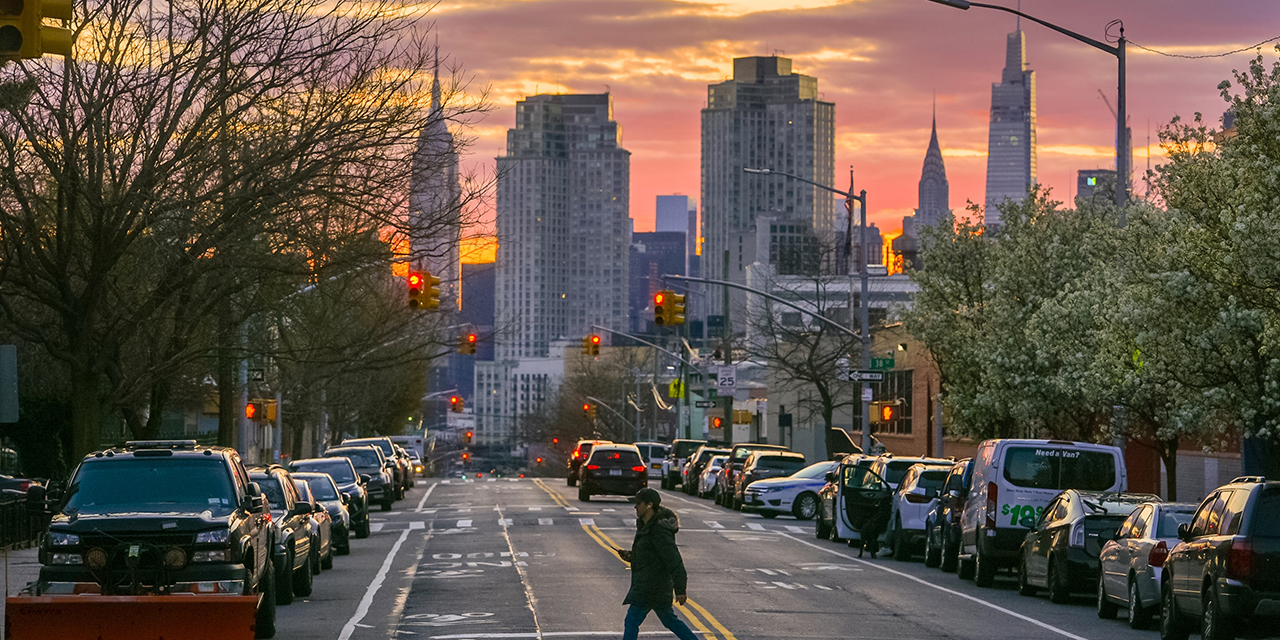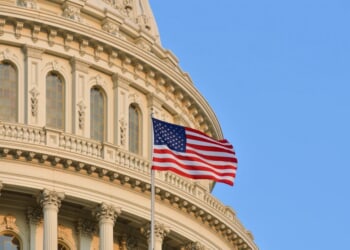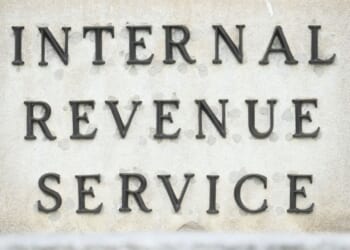
In early April, at Brooklyn’s Navy Yard, a crowd gathered amid the blocks and pulleys that once laid the keels of America’s navy. As I looked around, one face stood out, chiseled and familiar from New York Post front pages and courtroom sightings: Daniel Penny.
Penny is the newest partner at venture capital firm Andreesen Horowitz (known as “a16z”), hired just months after his acquittal in the subway death of Jordan Neely to work on the company’s American Dynamism practice, which seeks to grow firms in critical national sectors like defense and energy. Like everyone else, Penny was at the Navy Yard for the New York debut of Deep Tech Week, a multiday showcase and networking blitz for technology startups working at the bleeding edge of science and engineering. At the conference, founders showed off self-cooling paint, physical computing platforms, and a saliva-based health monitor that looks suspiciously like Invisalign.
Finally, a reason to check your email.
Sign up for our free newsletter today.
The “deep tech” in the conference’s name refers to innovations rooted in solutions to complex scientific or engineering challenges. Or, as the conference’s hipster physicist founder Andrew Cote put it: “It’s about building real stuff.” The tech bros are in New York. They’re brash, whip-smart, and unabashedly pro-America. And they are building the future—in America.
The name of the game at Deep Tech Week was onshoring, right-sizing, and shortening supply chains. Long lead times for parts, prototypes, and final products can kill a developing company. And complex logistics networks often collapse under the pressure of pandemics, political upheavals, and other shocks.
Cameron Porter, a partner at the industrials-focused venture fund Steel Atlas, noted that “interconnectivity and efficiency create fragility in complex systems” by driving out the “redundancy and surplus capacity” that made them resilient. Creating “anti-fragile” systems should therefore be a project for governments and private partners alike, he said.
Meantime, building in the U.S. means less risk of supply-chain shocks—and closer proximity to customers. Infinite Machine, maker of an electric scooter that looks like the love child of a Vespa and a Cybertruck, currently operates out of a 13,000 square-foot facility in Long Island City. The company cites customer proximity and ease of service as key reasons for choosing the location.
It is not alone. One panel, hosted by the VC firm 8090 Industries to showcase its portfolio companies, focused entirely on industrial manufacturing. Regent Craft Inc, a standout 8090 investment, is building a quarter-million-square-foot factory in Kingston, Rhode Island. Regent’s vice president of government relations, Tom Huntley, made a point of thanking the Trump administration for its emphasis on building in America, particularly for technologies with potential military applications.
The motivations for building in America go beyond practicality. Every founder and investor at Deep Tech Week saw building a company—and doing it domestically—as a patriotic duty.
This instinct fed into the right-leaning energy running just beneath the surface of the conference. From Penny’s appearance to a cocktail party at Sovereign House—New York’s premier right-wing gathering spot—the alliance between technologists and the Right was palpable. Perhaps it’s the masculine, pioneering nature of the tech—planes, weaponry, mining equipment—that fosters the connection. Perhaps it’s a product of tech’s resistance to woke politics and regulatory overreach. Either way, this new tech scene is not shy about its political leanings.
The tech bros are doing all this, moreover, in bright-blue New York City. The conference’s keynote opener, presented by a16z, was a discussion on the benefits and challenges of building a hardware company in New York. Moderated by another a16z partner, Oliver Hsu, the conversation featured the New York-based founders of Zeromark, a drone defense company, and Infinite Machine.
People don’t always associate New York with technological innovation. Yet, as Cote notes, “They didn’t call it the San Francisco Project. They called it the Manhattan Project.”
Today’s innovators are drawn to New York for many of the same reasons it served as the headquarters for that effort. First, there is a high concentration of talent. In the 1940s, that talent pool centered on Columbia University physicists conducting basic research. Today, human capital from across the country and around the world still flocks to New York, attracted by its economy and culture. Then, as now, proximity to Washington, D.C., was also a key factor. Manhattan Project director General Leslie Groves regularly took the train up to New York to supervise the project. Today, defense founders ride the same tracks to hawk their wares to Defense Department bureaucrats.
Face-to-face connection remains essential, even for these high-flying techno-wizards. One founder told me, “Nobody has given money over Zoom since ’23,” referencing the cutthroat competition for venture dollars. “You have to be here. They want to get to know you.”
Cameron Porter attributes New York’s success, at least in part, to its relentless pace. “You can do more things per day in New York than anywhere else in the world,” he says. “It’s the subway. It’s the density. I have nine in-person meetings today. There’s really nowhere else you can do that. That means the rate at which things happen—the rate at which information flows—is faster than anywhere else.”
Yes, there are problems with building in New York. Labor costs, union issues, expensive housing, crime, onerous regulations, and high taxes—all are barriers to founding here. And yet, most everyone here is bullish on New York’s future as a tech hub.
“Hell yeah, dude,” Cote says. A Canadian by way of San Francisco, he has no regional bias in favor of New York. But by the looks of things, he’s right to be optimistic. I hear it multiple times at Deep Tech Week—the clichéd words, recalled from a lifetime of Yankees games and New Year’s Eve celebrations: “If I can make it here, I can make it anywhere.”
Photo by Selcuk Acar/Anadolu via Getty Images
Source link















